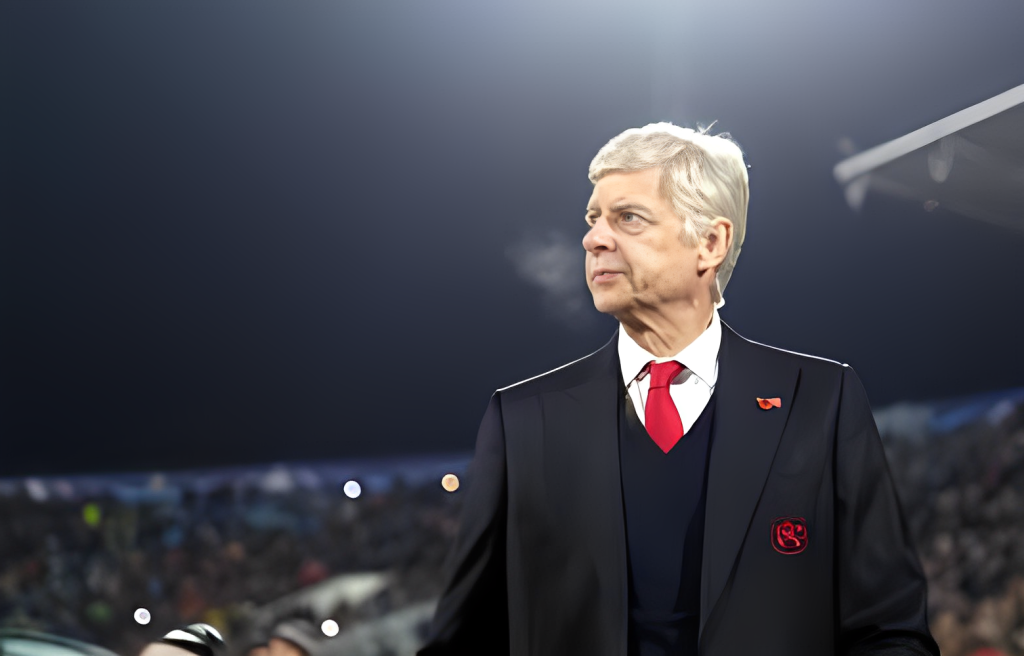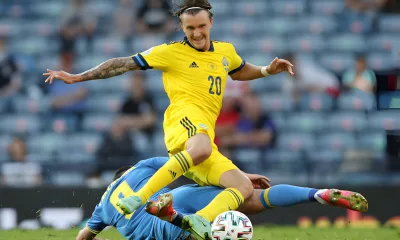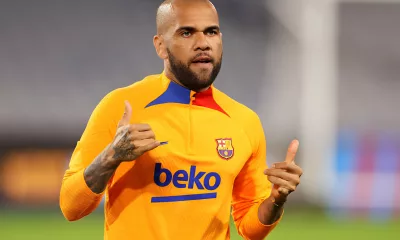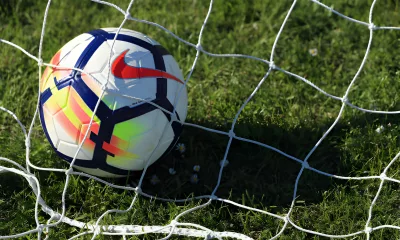
Whether it was the greatest Premier League season of all time is up for debate, but Arsenal’s 2003-04 team will always stand apart from the rest as the ‘Invincibles’.
Manchester United won the title with more points than the 90 Gunners racked up during their undefeated run, while Pep Guardiola’s Manchester City side made history for the most points in a single season in the Premier League with 100 points in 2017-18. Both of those exceptional clubs, however, cannot ever claim to have finished a league season undefeated, unlike the incredible 2003-04 Gunners squad.
What exactly was Arsenal’s strategy? Which players are regarded as the Invincibles?
The Arsenal’s 2003–04 Premier League winning squad was dubbed the Invincibles. The Invincibles consisted of players Thierry Henry, Dennis Bergkamp, Robert Pires, Gilberto Silva, Patrick Vieira, Freddie Ljungberg, Ashley Cole, Sol Campbell, Kolo Toure, Laureano Bisan-Etame Mayer (Lauren) and goalkeeper Jens Lehmann.
Their 38 league games without a loss are the reason for their nickname, as they managed to collect 26 victories and 12 draws without a single loss.
The dynamic duo of Ashley Cole and Lauren at the back, Jens Lehmann guarding the net, and Sol Campbell and Kolo Toure at the centre back were a masterful combination of superb athleticism, intelligent thinking and precision.
Arsenal’s standard formation was 4-4-2, but when Dennis Bergkamp dropped into the “No. 10” position between the midfield and attack, the 4-2-3-1 formation was also frequently used. The fact that the Gunners were excellent in terms of their defence, giving up just 26 goals, is something that is not as frequently mentioned, especially when contrasting the Invincibles with the current squad. It was not only the calibre of the staff, though; it was also the setup.
Compared to Barcelona, Arsenal back then was more like Atletico Madrid, with Cole and Lauren refusing to let their desire to attack jeopardise their responsibilities in their half, with Gilberto Silva and Vieira assigned to cover the defence.
During the early 2000s, Arsene Wenger was unmatched in terms of discovering, shaping and creating football superstars
During Arsenal’s 2003–04 “Invincibles” season, Frenchman Arsene Wenger served as their manager.
Players who were perhaps used to going out clubbing on weekends, drinking alcohol and eating take-out were quickly whipped into shape. Wenger had not only transformed Arsenal’s image and reputation as a club, but also the entire division with his new training, fitness, and diet plans, which made managers all over the world want their players to be more disciplined and professional.
During the early 2000s, there was no other manager who could equal the Frenchman’s ability to discover players who weren’t well known and develop them into professional footballers who would, later on, be fought over by clubs all around the world. We witnessed Kolo Toure’s transformation from a midfielder and full-back into a central defender, who the Gunners purchased for just £150,000 from an Ivorian club, compared to Ljungberg, who arrived from Swedish club Halmstads BK for £3 million.
During his first ten years in North London, Wenger was a wonderful blend of technical nous and ruthlessness, constructing and shaping sides who played breathtaking football and were not scared by whichever team they went up against. However, the Frenchman ended his career on a low in 2018, leaving Arsenal in sixth place in the standings.
Let’s talk about Thierry Henry
When it comes to becoming the best player of the Premier League era, I can say that Thierry Henry takes the first place for me personally. Even if Ryan Giggs and Alan Shearer may have played for longer periods than Henry, only Cristiano Ronaldo has reached the pinnacles of Arsenal’s No. 14 in his prime.
Unbeaten in the league and with a career-high thirty goals, the Frenchman is considered the greatest Gunners player ever. Henry moved and saw everything twice as rapidly as others around him, regardless of whether he was sprinting, shooting, or passing.
Henry, who failed in his position on the left flank during his one and only season at Juventus, came to Arsenal with a far lower profile than he left with, as was the case with nearly half of Arsenal’s starting XI. He was a well-known player already to manager Wenger, who had previously coached him at Monaco, and the Frenchman made sure that Arsenal paid £11 million for Henry to have him move to North London. He was then shaped into a central attacker by Wenger, and the rest is history.
The right amount of speed and intellect came together in his relationship with Bergkamp. They were experts at creating space, and the opposition centre-backs were left wondering if they should pursue them and risk being dragged about the pitch or leave them alone because of the Dutchman’s tendency to drop into the hole and Henry’s love of pulling out on the left side.
Author

Master Sports Journalism graduate from the University of Westminster in London. Worked as a reporter in Plovdiv, Bulgaria and has journalistic experience at Sky Sports in London and DIEMA Sports at NOVA Broadcasting Group in Sofia, Bulgaria. Authority and expert person in sports betting and betting sites reviews.
Master Sports Journalism graduate from the University of Westminster in London. Worked as a reporter in Plovdiv, Bulgaria and has journalistic experience at Sky Sports in London and DIEMA Sports at NOVA Broadcasting Group in Sofia, Bulgaria. Authority and expert person in sports betting and betting sites reviews.


The Football Coach
How To Win Football Bets: A Betting Strategy To Help You Win Every Time

The Football Coach
How long is a football pitch? The complete pitch size guide













